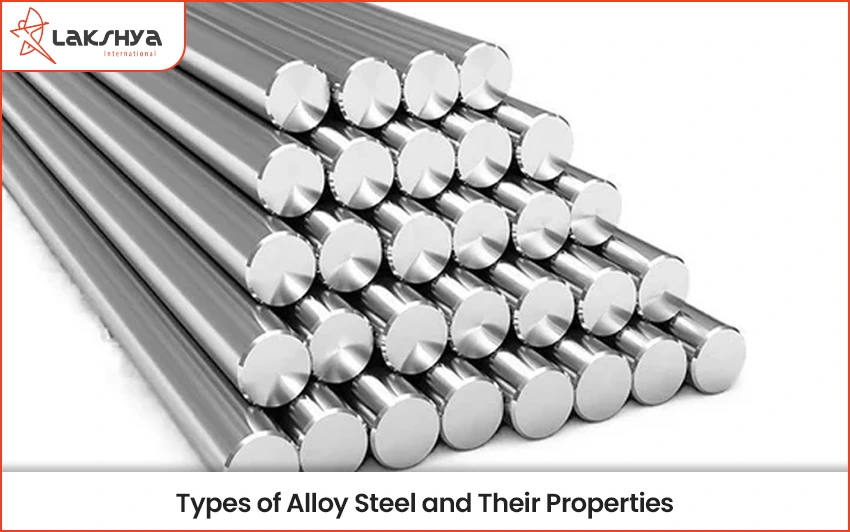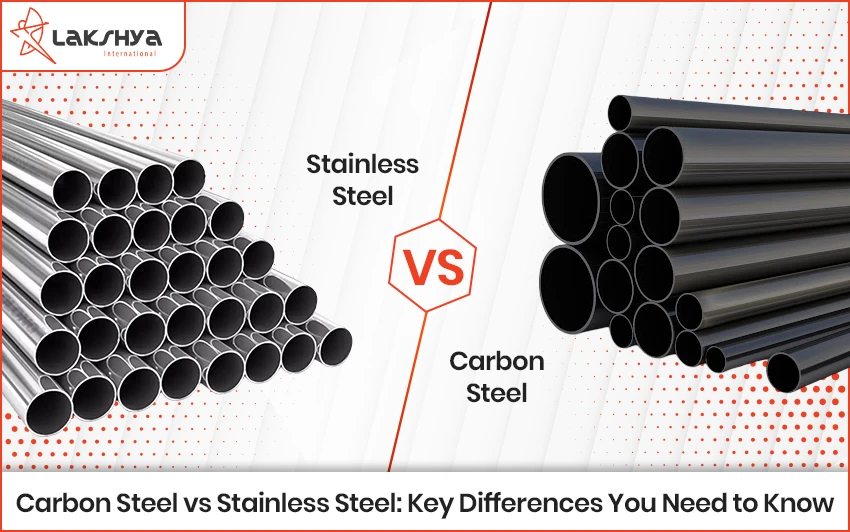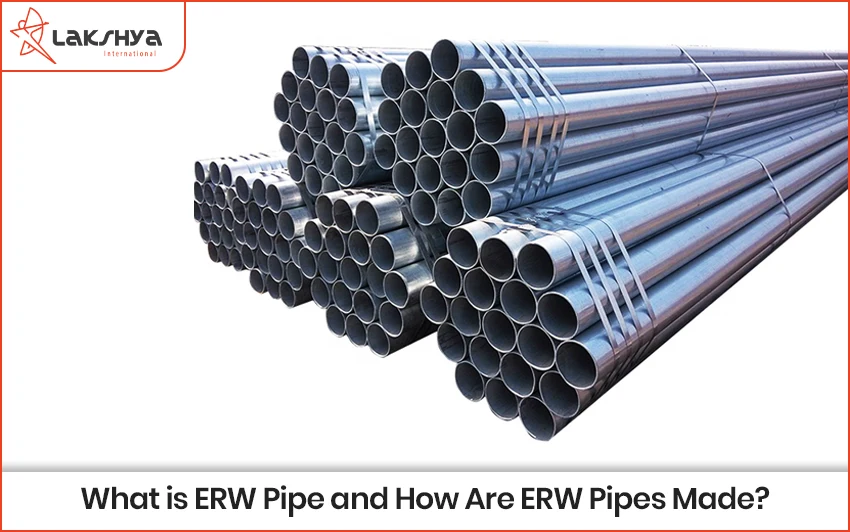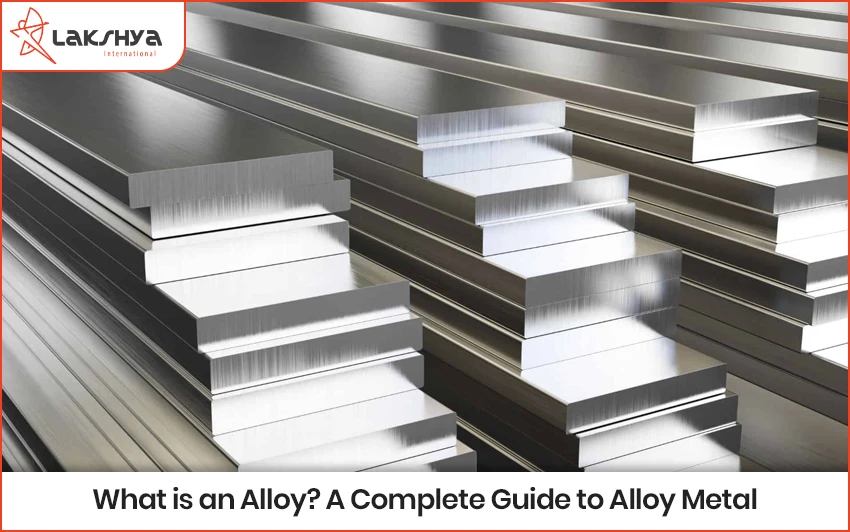What is alloy steel?
Types of Alloy Steel
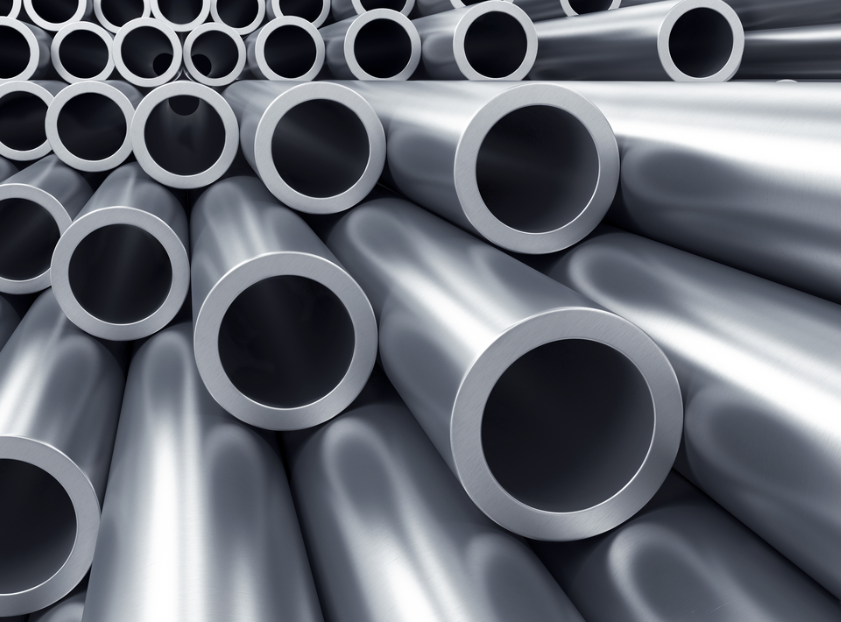
Low-alloy steel
Low-alloy steel contains an average percentage of alloying elements (less than 5% by weight). These steels are known for a good balance of strength, toughness and cost-effectiveness. Common applications like structural components and machinery parts.
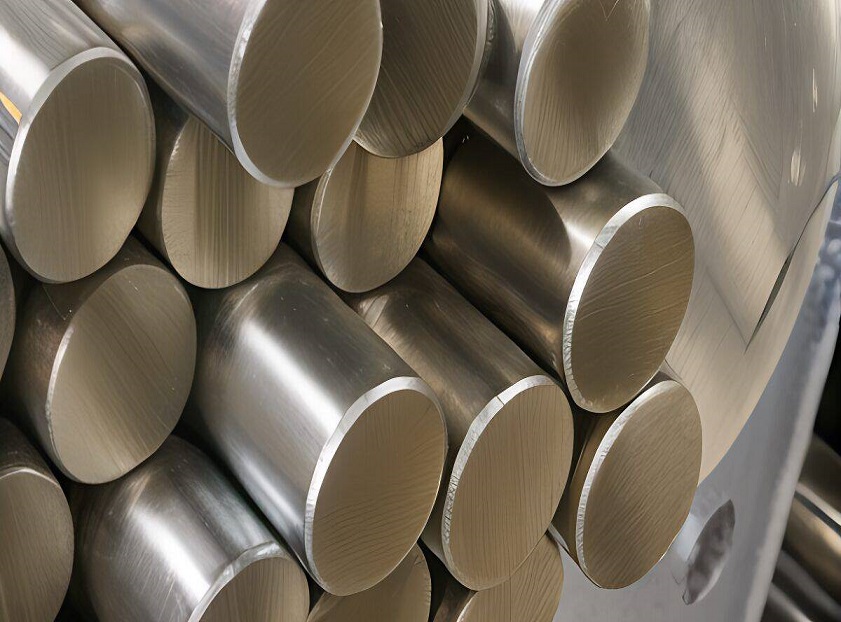
High-alloy steel
High-alloy steel contains a higher percentage of alloying elements (more than 12% by weight). These steels offer superior properties like enhanced strength, hardness and resistance to wear and corrosion. Stainless steel, which contains a significant amount of chromium, is a well-known example.
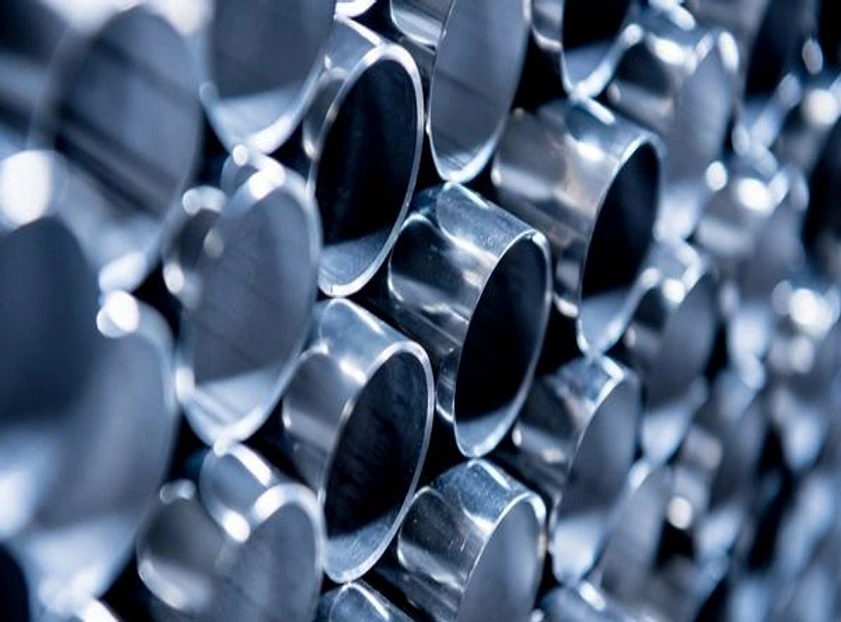
Stainless steel
Stainless steel is probably the most well-known alloy steel around the world and one of the most popular types of steel. It’s generally alloyed with some combination of nickel, chromium, and molybdenum as its major alloying elements.
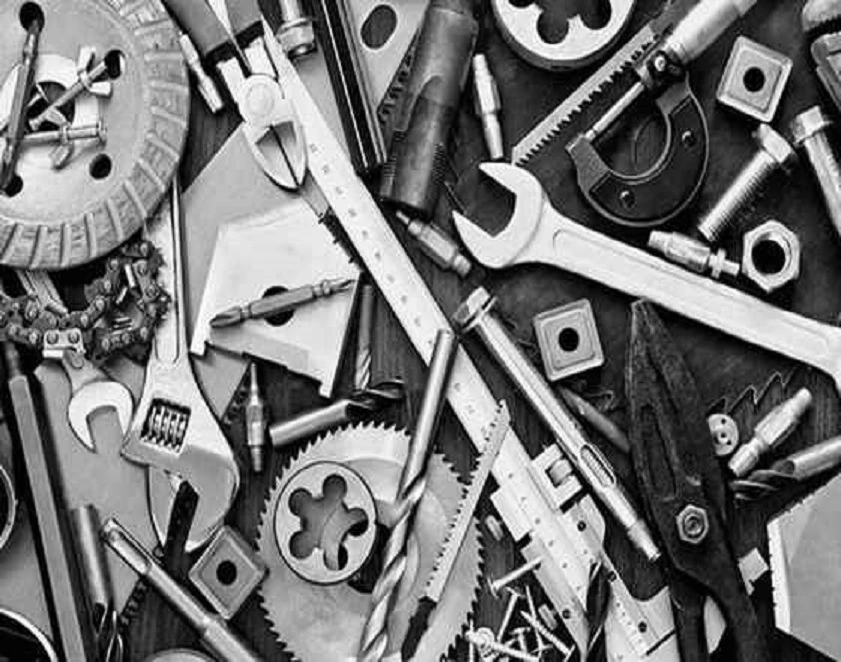
Tool steel
Tool steel is a broad term that refers to a range of carbon and alloy steels that are suitable eg – hard, tough, wear-resistant, and can hold their own in high temps for making tools. This type of alloy steel is used to make things like machine dies and hand tools, among others.
Properties of Alloy Steel
Applications of Alloy Steel
Alloy steel is widely used in various industries, such as:
- Construction projects: It is often chosen for building strong, long-lasting structures.
- Machinery and automotive components: Its strength and durability make it suitable for manufacturing parts like engines and heavy equipment.
- Shaft production: Alloy steel is used to create items like motor shafts and forged rolls.
- Gear manufacturing: Its toughness and wear resistance make it perfect for producing gears.
Common Steel Alloying Elements
- Manganese:
Used in tandem with small amounts of sulfur and phosphorus, the steel alloy becomes less brittle and easier to hammer. - Chromium:
A small percentage (0.5% – 2%) can help to harden the alloy; larger percentages (4% – 18%) have the added effect of preventing corrosion. - Vanadium:
With only .15%, this element can boost strength, heat resistance, and overall grain structure. Mixed together with chromium, the steel alloy becomes much harder, but still retains its formability. - Nickel:
Up to 5%, this alloying element will improve the steel’s strength. In excess of 12%, it provides impressive corrosion resistance. - Tungsten:
Boosts heat resistance, so the melting point is higher. Also improves the structural makeup of the steel.
Advantages of Alloy Steel:
The strength of annealed steel alloy is not significantly superior to that of carbon steel. In the normalized state, the strength of steel alloy significantly increases compared to carbon steel, and after quenching and tempering, the strengthening effect is the most significant.
The hardenability mainly depends on its carbon content. However, their hardenability and tempering stability are significantly improved. Therefore, steel alloy is suitable for manufacturing steel parts in stainless steel engineering that have large cross-sectional dimensions, require thicker quenched layers.
Conclusion
FAQs
Which grade is alloy steel?
Is alloy steel better than stainless steel?
Alloy steel is a steel that contains more than one alloying element, aside from the carbon and iron in carbon steel. Such alloying elements help improve certain characteristics not present or low in the parent steel materials.
Is alloy steel costly?
Yes, alloy steel is generally more expensive than standard carbon steel The addition of alloying elements, like nickel and chromium, enhances its properties but also increases the material cost.

